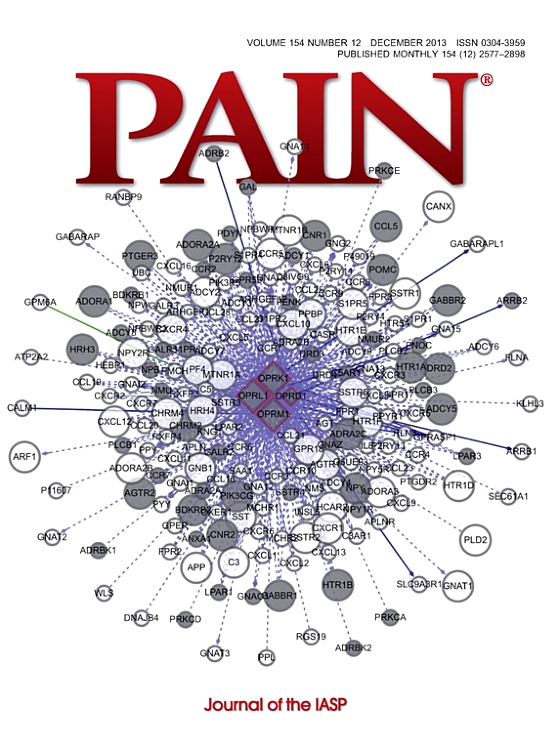Worldwide prevalence of dysmenorrhea: a systematic review and meta-analysis across 70 countries.
IF 5.5
1区 医学
Q1 ANESTHESIOLOGY
引用次数: 0
Abstract
Dysmenorrhea is menstrual pain of uterine origin that can be classified as primary (PD) or secondary (SD). The worldwide prevalence of dysmenorrhea has been estimated in previous systematic reviews; however, these results are often limited by the focus on specific populations, or the inclusion of studies published only in English. Therefore, we estimated the worldwide prevalence of dysmenorrhea of both PD and SD. In this systematic review, we searched 6 databases for studies reporting the prevalence of dysmenorrhea published between 2000 and 2024, without language restriction. The risk of bias of the included studies was assessed using the Joana Briggs Institute tool. Meta-analysis was conducted in Rstudio. The heterogeneity within meta-analyses was evaluated by I2 statistics. Subgroup analyses were performed by PD, SD, age group, and study setting to investigate sources of heterogeneity as well. The certainty of evidence was assessed using GRADE modified for prevalence studies. A total of 336 studies were included in this systematic review. Most of them were conducted in Asia (49.4%). The pooled worldwide prevalence of dysmenorrhea, PD, and SD were 71.3% (95% CI 68.7%-73.8%), 73% (95% CI 68%-78%), and 35% (95% CI 19%-56%), respectively. Dysmenorrhea was more prevalent in Central America (89.6%), Sri Lanka (97.7%), among adults (73.3%), and at universities (78.4%). All subgroup analyses showed high heterogeneity (I2 = 99.5%-100%) with very low certainty of evidence. This high prevalence of dysmenorrhea worldwide highlights the need for healthcare providers and public health organizations to address menstrual pain's global burden.痛经的全球患病率:70个国家的系统回顾和荟萃分析。
痛经是源自子宫的经期疼痛,可分为原发性(PD)和继发性(SD)。在以前的系统综述中估计了痛经的全球患病率;然而,这些结果往往受到限于对特定人群的关注,或者只包括用英语发表的研究。因此,我们估计了PD和SD患者痛经的全球患病率。在本系统综述中,我们检索了6个数据库,检索了2000年至2024年间发表的关于痛经患病率的研究,没有语言限制。纳入研究的偏倚风险使用Joana Briggs研究所的工具进行评估。meta分析在Rstudio中进行。meta分析的异质性采用I2统计量进行评估。通过PD、SD、年龄组和研究设置进行亚组分析,以调查异质性的来源。证据的确定性采用针对患病率研究修改的GRADE进行评估。本系统综述共纳入336项研究。其中大部分是在亚洲进行的(49.4%)。痛经、PD和SD的全球总患病率分别为71.3% (95% CI 68.7%-73.8%)、73% (95% CI 68%-78%)和35% (95% CI 19%-56%)。痛经在中美洲(89.6%)、斯里兰卡(97.7%)、成人(73.3%)和大学(78.4%)中更为普遍。所有亚组分析均显示高异质性(I2 = 99.5%-100%),证据确定性极低。世界范围内痛经的高流行率突出了医疗保健提供者和公共卫生组织解决月经疼痛全球负担的必要性。
本文章由计算机程序翻译,如有差异,请以英文原文为准。
求助全文
约1分钟内获得全文
求助全文
来源期刊

PAIN®
医学-临床神经学
CiteScore
12.50
自引率
8.10%
发文量
242
审稿时长
9 months
期刊介绍:
PAIN® is the official publication of the International Association for the Study of Pain and publishes original research on the nature,mechanisms and treatment of pain.PAIN® provides a forum for the dissemination of research in the basic and clinical sciences of multidisciplinary interest.
 求助内容:
求助内容: 应助结果提醒方式:
应助结果提醒方式:


